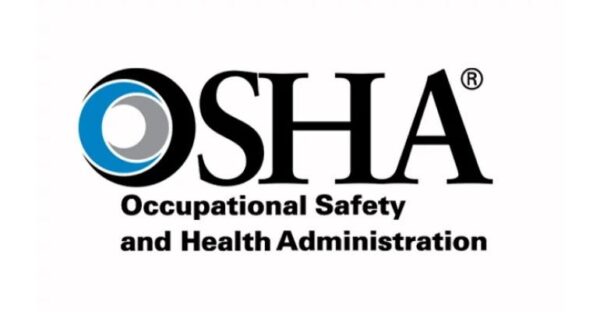
The U.S. Department of Labor’s has made changes to the Occupational Safety and Health Administration’s (OSHA) rules by increasing the maximum civil penalty amounts, and putting business owners at risk for heavier fines if they fail to comply with the current OSHA health and safety regulations. Employers who fail may now face a maximum fine of $16,131 per violation, while employers with willful or repeated violations could be fined at a maximum of $161,323 per violation.
The increase, effective January 16, 2024, falls under the Federal Civil Penalties Inflation Adjustment Act Improvements Act “to advance the effectiveness of civil monetary penalties and to maintain their deterrent effect”. Under the Act, agencies are required to publish “catch-up” rules that adjust the level of civil monetary penalties based on the cost-of-living adjustments for 2024. States that operate their own Occupational Safety and Health Plans are required to adopt maximum penalty levels that are at least that of Federal OSHA’s.
Ensuring compliance with Occupational and Environmental Health and Safety (OEHS) regulations at the federal, state, and local levels is a complex responsibility for businesses of all sizes. Failing to comply with these regulations may result in fines and civil penalties, heightened insurance premiums and liability, employee injuries or fatalities, exposure to lawsuits, and the potential downfall of your business.
OEHS programs and management systems must include, at a minimum, regulatory based programs and employee training required by OSHA. OSHA required programs include, but are not limited to, Hazard Communications, Emergency Action and Fire Prevention, Personal Protective Equipment, Electrical Safety, and Record Keeping. Depending on the nature of your business and the types of hazards that may be present, additional more complex health and safety programs may be required including Confined Spaces, Control of Hazardous Energy (lockout/tagout), Respiratory Protection, Laboratory Chemical Hygiene and Laboratory Safety, and Hazardous Waste Operations and Emergency Response (Hazwoper).
RHP Risk Management’s Certified Industrial Hygienists (CIHs) and Certified Safety Professionals (CSPs) understand the complex nature of hazards within a wide range of occupational settings. RHP provides OEHS solutions and guidance for industries including:
- Manufacturing and Industrial Facilities: RHP works with industrial and commercial clients in automotive, chemical, oil and gas, pharmaceutical, food production, cannabis, metal fabrication and processing industries to perform health and safety assessments and audits, hazard and PPE assessments, respirator fit testing, exposure assessments of chemicals and noise, accident and incident investigations, and chemical and hazardous materials assessments.
- Construction Sites: RHP works with clients at construction sites, including residential, commercial, and industrial construction of buildings and facilities, large high-rises, and hazardous material cleanup sites, to provide health and safety assessments, periodic site audits, exposure assessments, asbestos and lead consulting services, and general onsite EHS support.
- Educational Institutions and Government Facilities: RHP works with education institutions (pre-K to higher education) to provide health and safety assessments of indoor air quality, ventilation, infectious disease, and asbestos and lead consulting services.
Contact RHP Risk Management professionals who have decades of experience reviewing and understanding OSHA regulations, and helping clients bring their businesses into compliance through our comprehensive OSHA site audits to identify compliance gasp and provide effective solutions. Additionally, RHP professionals provide follow on support after an event or OSHA complaint, inspection, or violation to help respond and mitigate your business and financial risks.
